As the world is faced with increasingly complex threats — including national security and geopolitical instability — many countries are grappling with how best to respond to this shifting landscape, seeking integrated solutions that can be deployed with speed and adaptability, as well as contribute to future resilience. Today’s defense sector is evolving to meet those demands, expanding its role beyond traditional combat to include logistics, crisis response, advanced surveillance, and next-generation research.
From autonomous vehicles to naval infrastructure upgrades, modern defense solutions are reshaping how we prepare for uncertainty. Hanwha — with a long-standing presence across the defense sector and expertise across aerospace, shipbuilding, and land systems innovation — is working to provide solutions that build resilience and support both the security and economic empowerment of communities worldwide.
In this article, we look at five figures that illustrate the evolving role of defense — and how Hanwha is investing in the technologies and partnerships shaping its future.
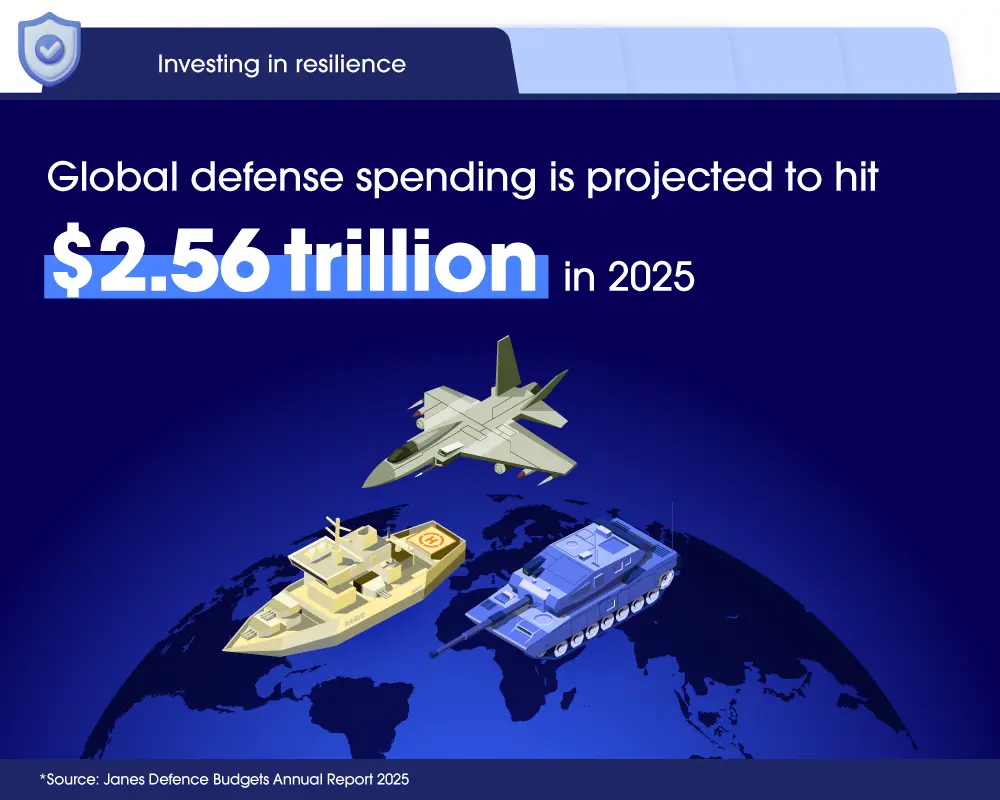
Global defense expenditure reached a record-high $2.46 trillion in 2024. In 2025, that figure is expected to rise even further to $2.56 trillion — continuing a steep upward trajectory amid global geopolitical instability, security risks, and evolving threats. The continued prioritization on defense spending is about more than just military readiness. For Hanwha, it also represents a call to deliver integrated, future-ready solutions that safeguard societies, empower economies, and strengthen defense infrastructure, from land systems and shipbuilding to aerospace engines and radar technologies.
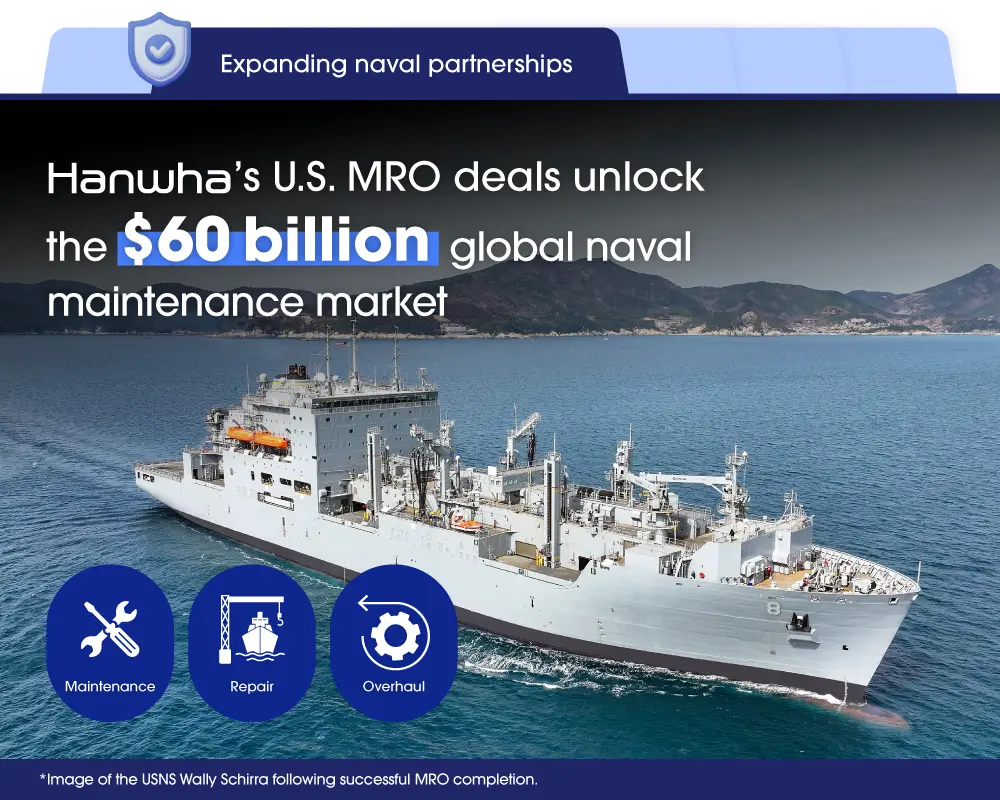
With the U.S. Navy’s Master Ship Repair Agreement (MSRA) certification, Hanwha became the first Korean company authorized to service U.S. naval vessels — including the recently completed maintenance, repair, and overhaul (MRO) of the USNS Wally Schirra and current work on the USNS Yukon. The appointment underscores Hanwha’s growing role in advanced maritime solutions and marks the company’s entry into the $60 billion global naval maintenance market, crucial for keeping fleets operational, secure, and future-ready.
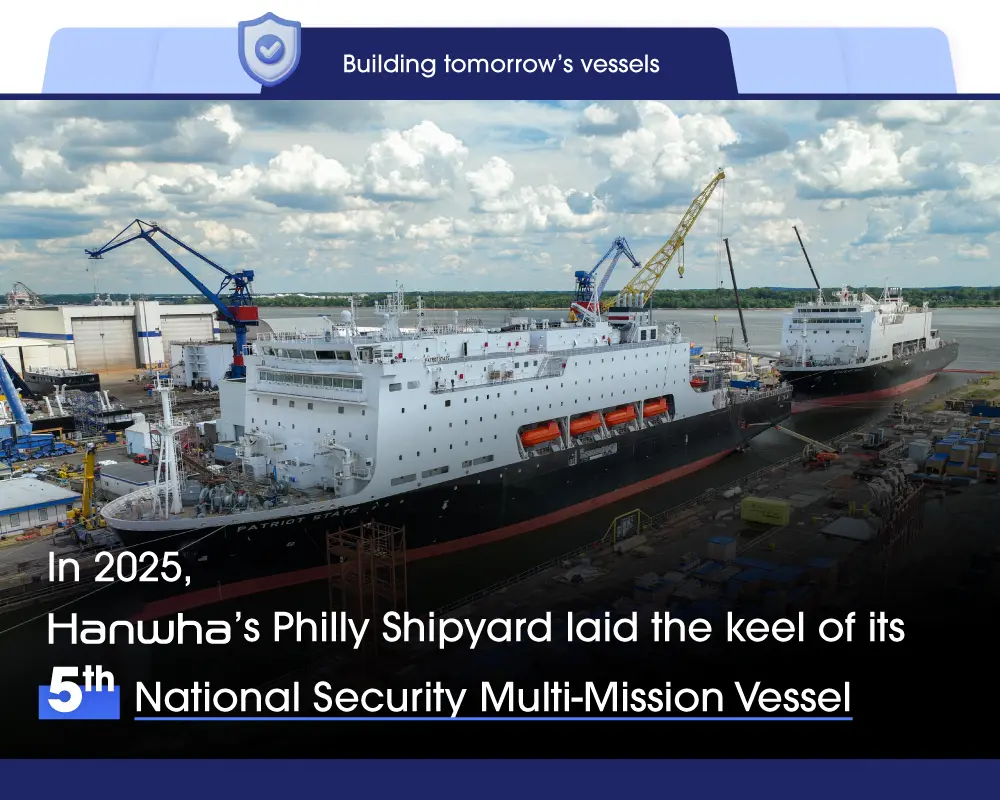
Hanwha Philly Shipyard recently laid the keel of its fifth and final contracted National Security Multi-Mission Vessel (NSMV), reinforcing its role in U.S. shipbuilding and training infrastructure. Commissioned by the U.S. Department of Transportation’s Maritime Administration (MARAD), these purpose-built ships feature on-board hospital facilities, a helipad, and accommodation for up to 1,000 people during humanitarian crises. They also serve as advanced, first-rate academic environments for up to 600 cadets to train at sea — many of whom go on to crew sealift vessels with the U.S. Military Sealift Command (MSC). The MSC operates more than 120 civilian-crewed vessels that replenish U.S. Navy ships, conduct specialized missions and play a vital role in military logistics. In contributing to this pipeline, Hanwha not only supports new maritime talent and national security, but also demonstrates its growing role in building the vessels of tomorrow.
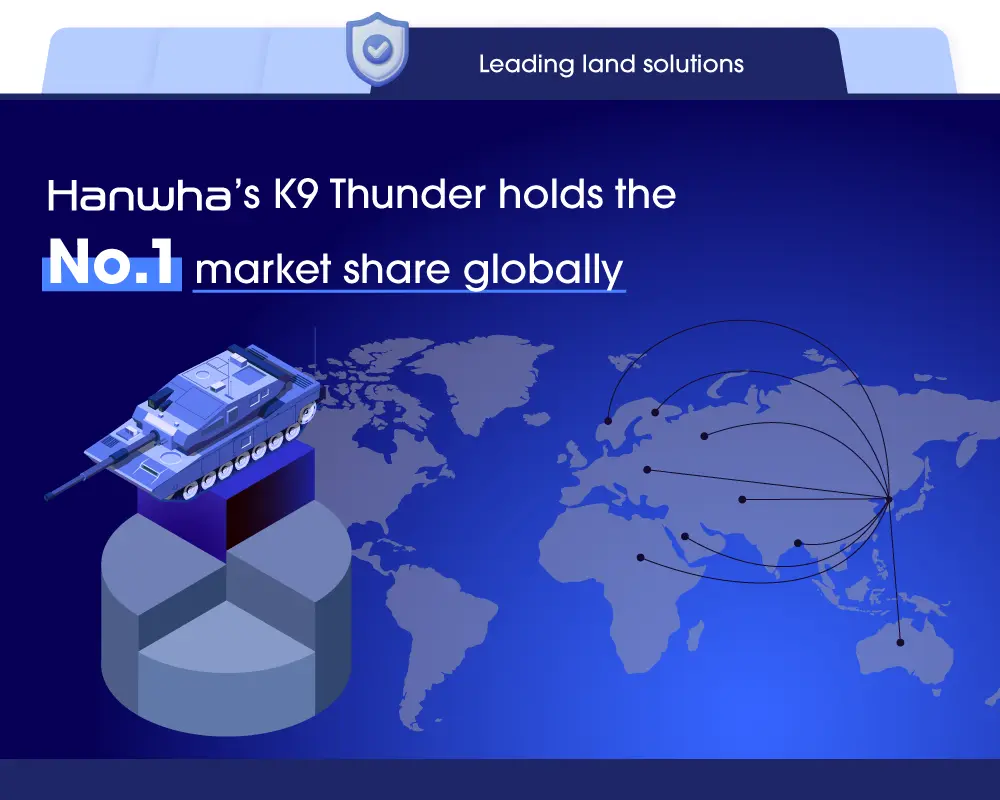
Hanwha’s K9 Thunder self-propelled howitzer leads the global market, deployed in nine different countries and successfully adapted to various terrains spanning Northern Europe and the Indo-Pacific. Beyond K9, Hanwha’s land solutions portfolio also includes supplying Redback infantry fighting vehicles to Australia under the LAND 400 Phase 3 program, and advancing unmanned ground systems like the Arion-SMET, recently tested by the U.S. Marine Corps.
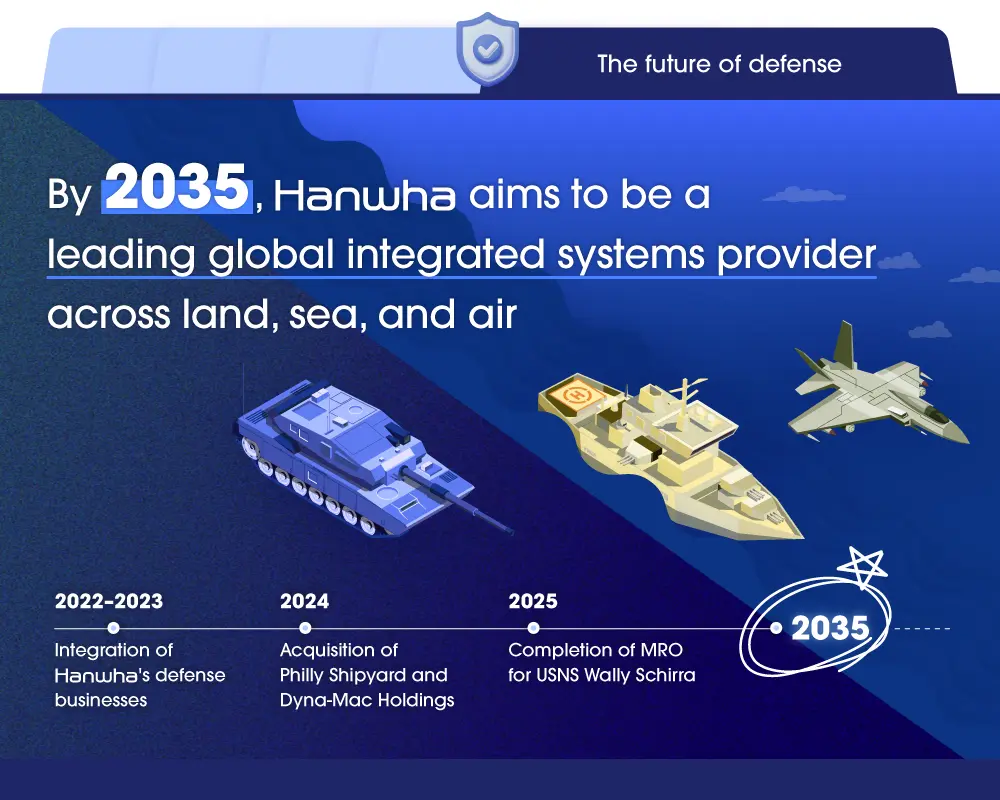
With a vision to become a leading global integrated systems provider in the next decade, Hanwha is committing $8 billion over the mid to long term to lead the future of integrated defense, shipbuilding, and aerospace systems across land, sea, and air. This commitment strengthens local partnerships and reinforces Hanwha’s goal of building a more resilient, future-ready global defense industry.
Source: Hanwha Press Release


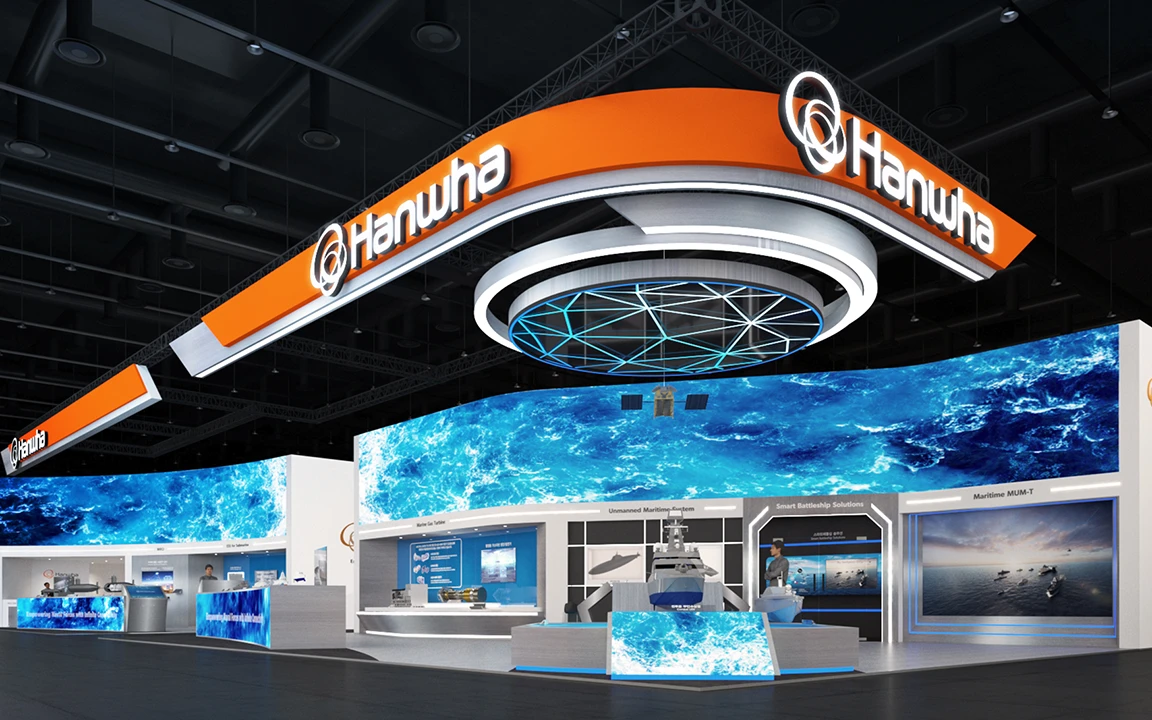
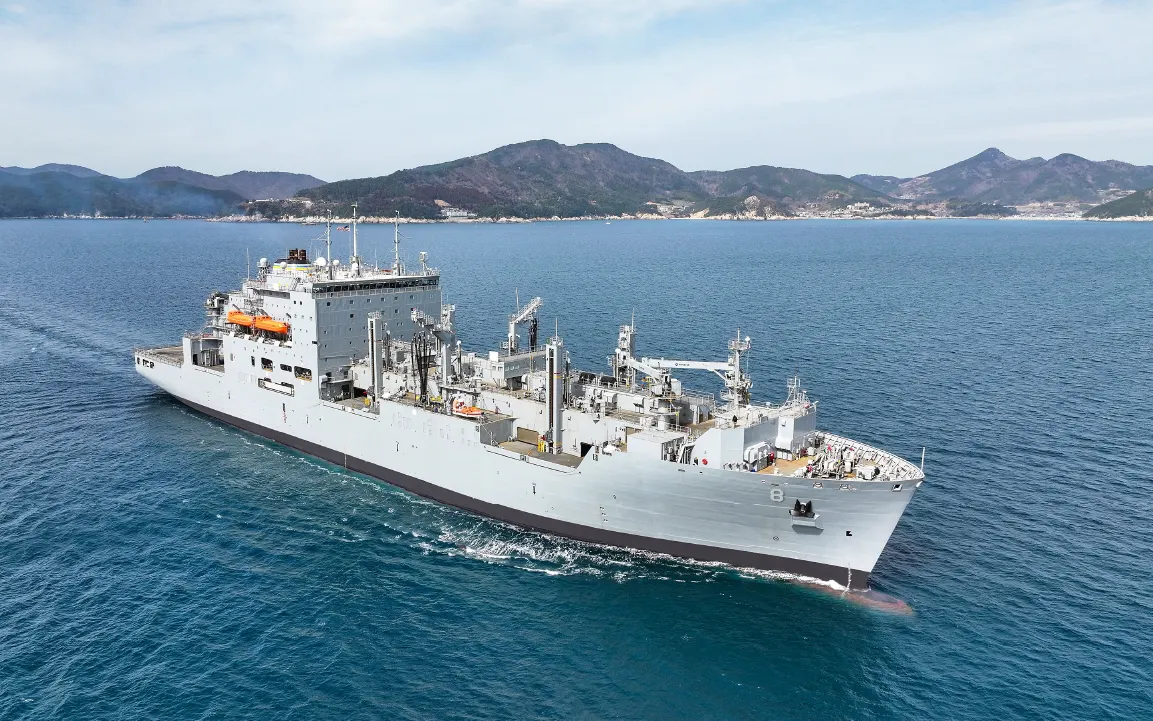
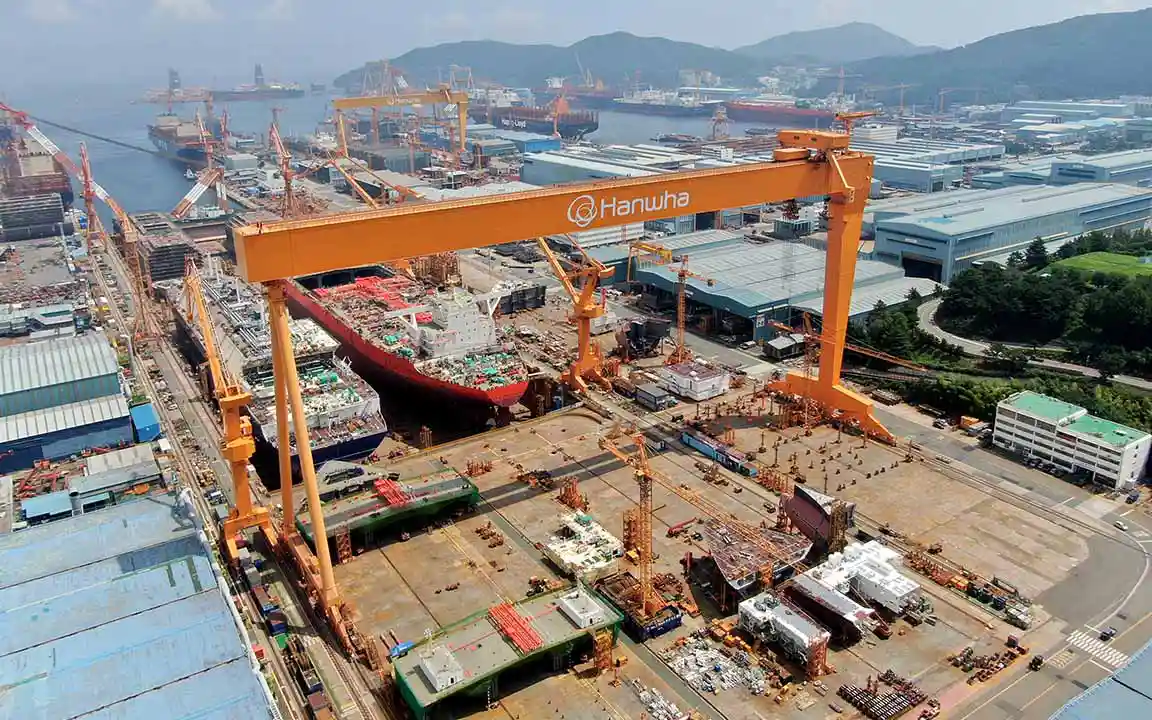



Comments